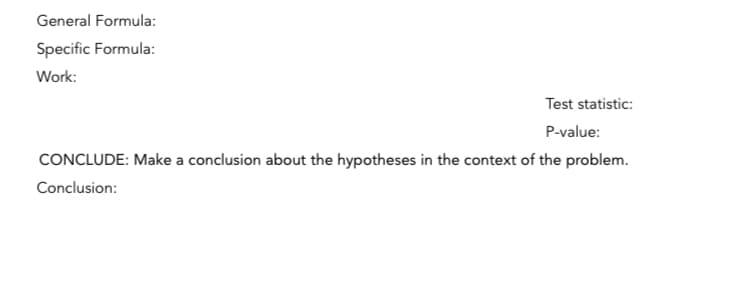1. Cans of LaCroix are supposed to contain 355 milliliters (ml). There is some variation for each can because the filling machinery is not perfectly precise. An inspector measures the contents (in ml) of 12 randomly selected cans from a single day's production. 349 350 351 352 353 354 355 356 357 LaCroix volume (ml) = 352.9 s = 2.19 Do these data provide convincing evidence at the a = 0.01 significance level that the mean amount of LaCroix in all the cans filled that day is less than the target value of 355 ml?
1. Cans of LaCroix are supposed to contain 355 milliliters (ml). There is some variation for each can because the filling machinery is not perfectly precise. An inspector measures the contents (in ml) of 12 randomly selected cans from a single day's production. 349 350 351 352 353 354 355 356 357 LaCroix volume (ml) = 352.9 s = 2.19 Do these data provide convincing evidence at the a = 0.01 significance level that the mean amount of LaCroix in all the cans filled that day is less than the target value of 355 ml?
Mathematics For Machine Technology
8th Edition
ISBN:9781337798310
Author:Peterson, John.
Publisher:Peterson, John.
Chapter29: Tolerance, Clearance, And Interference
Section: Chapter Questions
Problem 16A: Spacers are manufactured to the mean dimension and tolerance shown in Figure 29-12. An inspector...
Related questions
Question
thank you ..

Transcribed Image Text:1. Cans of LaCroix are supposed to contain 355 milliliters (ml). There is some variation for
each can because the filling machinery is not perfectly precise. An inspector measures the
contents (in ml) of 12 randomly selected cans from a single day's production.
349 350 351
352
353 354
LaCroix volume (ml)
355
356 357
* = 352.9 sx = 2.19
Do these data provide convincing evidence at the a = 0.01 significance level that the mean
amount of LaCroix in all the cans filled that day is less than the target value of 355 ml?

Transcribed Image Text:General Formula:
Specific Formula:
Work:
Test statistic:
P-value:
CONCLUDE: Make a conclusion about the hypotheses in the context of the problem.
Conclusion:
Expert Solution
This question has been solved!
Explore an expertly crafted, step-by-step solution for a thorough understanding of key concepts.
This is a popular solution!
Trending now
This is a popular solution!
Step by step
Solved in 2 steps with 2 images

Recommended textbooks for you

Mathematics For Machine Technology
Advanced Math
ISBN:
9781337798310
Author:
Peterson, John.
Publisher:
Cengage Learning,

Mathematics For Machine Technology
Advanced Math
ISBN:
9781337798310
Author:
Peterson, John.
Publisher:
Cengage Learning,